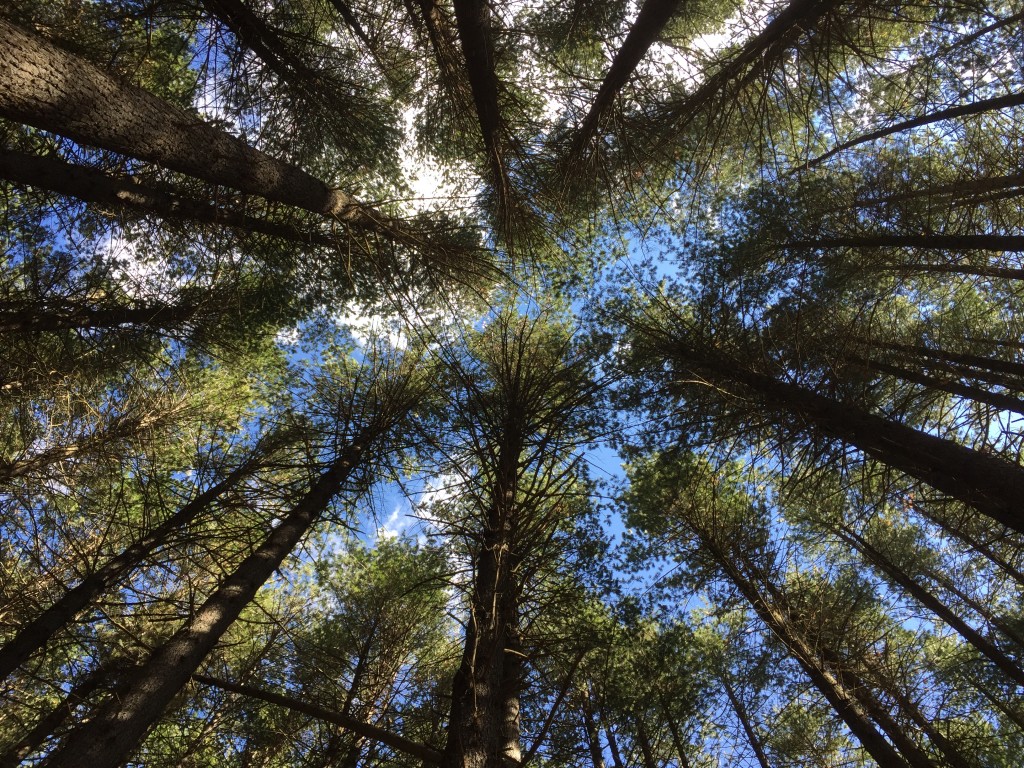Eldridge Estate Pinot Noir 2014 – wine of the week
Eldridge Estate vineyard, Red Hill, Mornington Peninsula, Victoria
$60
David Lloyd’s wines demonstrate the power of growing grape varieties in the right climate, then mastering vineyard management and winemaking. His 3.8-hectare vineyard, at around 200-metres altitude and 38 degrees south, provides the cool growing and ripening conditions suited to pinot noir. Water on three sides (Port Phillip Bay, Bass Straight and Westernport Bay) further moderates the climate. Lloyd’s 2014, made from six pinot clones, gives us a pure yet savoury expression of the variety. Delicate perfume, vibrant varietal fruit flavours, savouriness and fine, grippy tannins make a complete pinot – one to savour and marvel at.
Bremerton Selkirk Shiraz 2013
Langhorne Creek, South Australia
$19–$22
Langhorne Creek lies to the south east of McLaren Vale. Its warm climate, moderated by cool breezes from nearby Lake Alexandrina, produces rich, fleshy, but not heavy crowd-pleasing reds. The region’s pleasing wine styles, comparatively high yields and water availability attracted massive, broad-acre investments during the nineties. Though much of the grape crop goes to anonymous multi-region blends, the locals continue to make a mark with rich, satisfying reds like Bremerton Selkirk shiraz, made by Rebecca Willson whose family owns 120-hectares of vines in the region.
Champagne Billecart-Salmon Brut Reserve NV
Champagne, France
$66.50–$80
A distinctive richness and delicacy sets Billecart-Salmon apart from the too many ho-hum non-vintage Champagnes. It always surprises because it’s so consistently outstanding. In our latest encounter, at Chairman and Yip, it accompanied some of the best oysters we’ve ever enjoyed: briny, juicy, plump and deliciously chewy. Billecart mingled happily with the tangy flavours, thanks in part to Champagne’s high acidity. But there’s more to it. A bit of pinot meunier in the pinot noir-chardonnay blend plumps out the palate and gives a fresh, fruity taste. Yet it remains delicate and dry, with the unique structure and harmony resulting from prolonged ageing on yeast lees.
Murrumbateman Winery Shiraz 2014
Murrumbateman, Canberra District, NSW
$30
Bobbie Makin and Jennifer Lawrence are the new young team running one of Canberra’s oldest wineries (established 1973). The brand’s been keeping a low profile for some years but we can expect to see more activity now as the pair make wine using grapes from their own and neighbouring vineyards. Then wine shows Canberra’s bright berry fruit flavours and medium body, albeit with a more than typical lick of tannin, some of it oak derived, drying out the finish.
Arrogant Frog Croak Rotie Shiraz 2014
Aude Valley, Languedoc, France
$7.90–$13
French winemaker Jean-Claude Mas launched Arrogant Frog in 2005 and now claims global sales of five million bottles annually – with over million of those sold in Australia through its importer, Woolworths. The brand includes two whites, a rose and two reds in addition to Croak Rotie reviewed today. For a modest price you get a flawless, screw-cap sealed shiraz–viognier blend of medium body and fresh fruit flavour. It’s taut rather than fleshy and finishes dry with slightly tough tannins.
Sandalford Estate Reserve Chardonnay 2015
Sandalford vineyard, Margaret River, Western Australia
$22–$35
You could pay much more for a chardonnay as good as this. And the quality’s explained by what’s gone into the wine: grapes from mature vines, free-run juice (the finest cut), and fermentation and maturation in a mix of new and older French oak barrels. A full-flavoured but fine-boned chardonnay, it shows juicy, nectarine-like varietal flavour, rich, barrel-derived texture and very fresh, zesty finish.
Copyright © Chris Shanahan 2016
First published 25 May 2016 in the Canberra Times
